A timely contemporary art exhibition exploring human rights and freedoms opens at Salisbury Cathedral this May.
The exhibition, To Be Free, showcases the work of internationally renowned artists including the Chinese artist and activist Ai Weiwei, British-Palestinian artist Mona Hatoum and two Royal Academicians – the British Nigerian artist, Yinka Shonibare CBE and Cornelia Parker OBE, best known for her large-scale installations.
Curated by Beth Hughes, the cathedral’s visual arts curator, the exhibition raises questions about what freedom is, what it means to be free, how it feels to be free, and the plight of those who are not free. Each work has been selected to explore one of five aspects of liberty: freedom of speech, freedom of worship, freedom of expression, freedom of movement and freedom from fear. In some cases, the artists themselves have seen freedom challenged at first hand.
A centrepiece of the exhibition is Cornelia Parker’s Magna Carta (An Embroidery), a 13-metre-long embroidery installation depicting the Magna Carta Wikipedia pages. This huge piece is the perfect complement to Salisbury Cathedral’s rare 1215 Magna Carta, which is on display in the Chapter House, one of only four remaining copies still in existence.
Magna Carta (An Embroidery) is made up of two hundred hand-stitched portions that were sewn by civil rights campaigners, MPs, lawyers, barons, artists and prison inmates. Thirty-six prisoners from 13 different prisons in England contributed to the piece under the supervision of the social enterprise Fine Cell Work. Still images from the pages were sewn by members of the Embroiderers Guild, Royal School of Needlework and Hand and Lock. The youngest contributors came from La Retraite Roman Catholic Girls School in London.
Another astonishing work on show is Yinka Shonibare’s Justice For All. The sculpture was exhibited for the first time in the UK during the summer of 2020 in response to the tragic killing of George Floyd. This towering figure is a re-imagining of F.W. Pomeroy’s Lady Justice, a statue which stands above the dome of The Old Bailey. Shonibare has replaced Lady Justice’s head with that of a globe, to ask us to consider justice for citizens across the world. The scales of justice hang from her left hand and a swift sword of authority is in her right hand.
Standing at the West End to greet visitors as they arrive, Justice for All faces Gabriel Loire’s famous Prisoners of Conscience window at the east end of the cathedral, which is dedicated to those who suffer or have been imprisoned because of their personal, religious or political beliefs.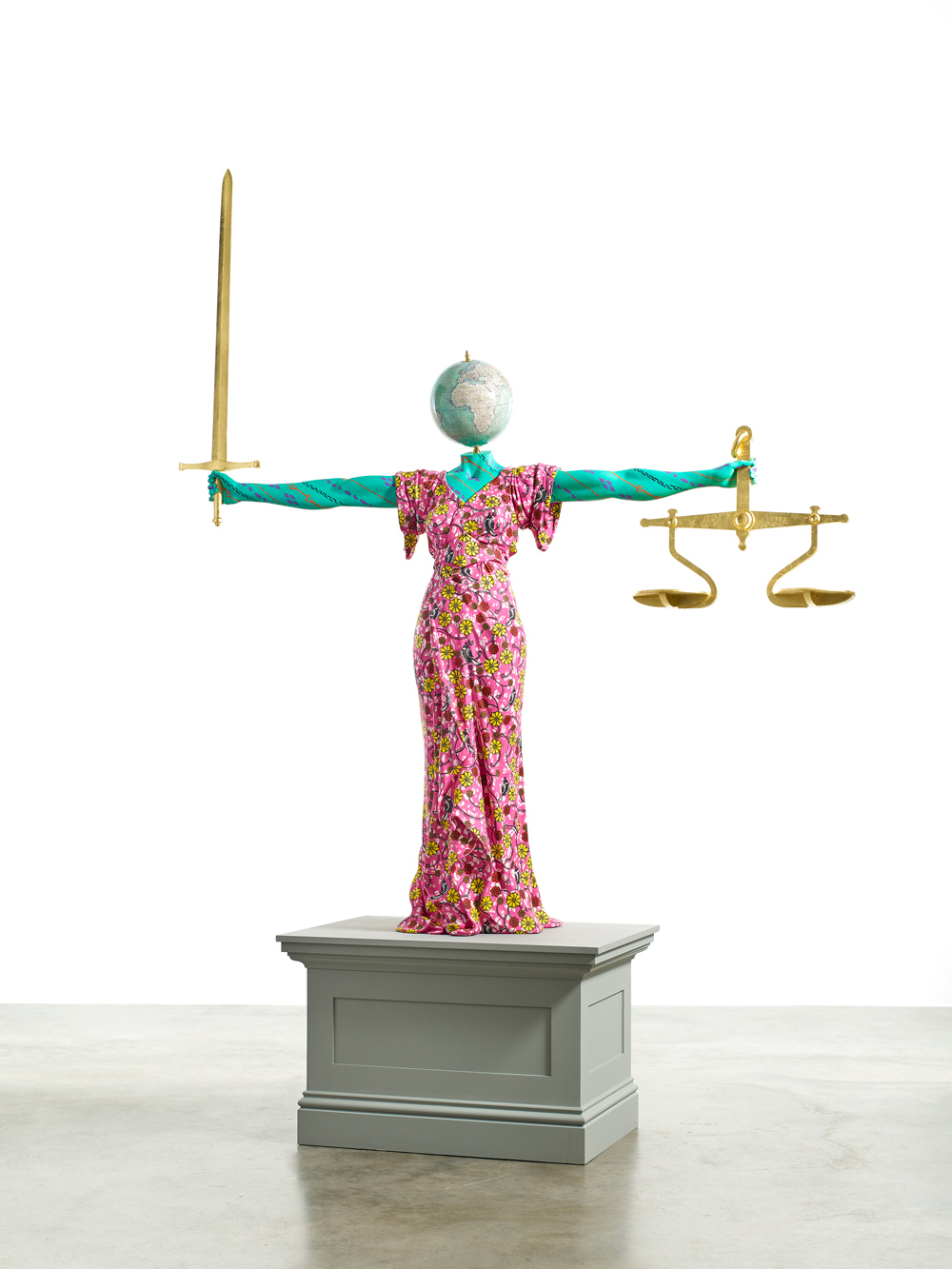
A smaller but equally compelling work is Ai Weiwei’s porcelain, Free Speech Puzzle 2015. The interlocking ceramic pieces, laid out to resemble a map of China, are each decorated with two hand-painted Chinese characters which translate to ‘free speech’. Each piece represents a distinct geographic and ethnic region of China, with the artist asserting that everyone, wherever they are, has the right to free speech.
In the south transept, Mona Hatoum’s Map (mobile) 2019, challenges ideas of ownership and freedom. All around the world there are contested borders, and lines drawn on a map often take a political stance. In Mona Hatoum’s huge glass mobile of the world, the countries of the world change formation with the air flow in the Cathedral. Places that were once far away from one another are now next to each other, a reflection on how close we may be culturally to other countries despite being geographically distant.
Other artists featured in the exhibition are Lucy Jones, who explores the challenges of gender, age and disability in her self portraits and Jeffrey Gibson, whose quilted work, They Want to be Free 2021 explores his Choctaw-Cherokee heritage. In Gibson’s quilt you will see the words ‘they want to be free’, and ‘if I ruled the world’, expressing the thoughts and hopes of the disempowered.
Speaking about the exhibition, Beth Hughes, Salisbury Cathedral’s Visual Art Curator said: “Salisbury Cathedral in 2023 is exactly the right time and place to be thinking about what liberty means in contemporary Britain. As the home of a Magna Carta and the Cathedral that moved to gain its own freedom, the fight for justice is built into the foundations of the building and as world events of the last few years have seen our freedoms curbed, exposing societal differences, we want to continue this story, conveying hope for the future.
“I am thrilled we have been able to bring the work of such a stellar group of artists to Salisbury. Each artwork brings a fresh perspective of what freedom means to us.
Canon Kenneth Padley, the cathedral’s canon treasurer and chair of its Arts Advisory Panel: “The theme of freedom runs through the Christian tradition, both theologically in terms of salvation and also practically in the rights and social justice for which Christians campaign. There are constant reminders in this cathedral, in our liturgy and in our archives of the dangers of unchecked power and the value of liberty – and this exhibition curated by Beth serves to underscore those beliefs and values.”
To be Free opens at the Cathedral on Monday, 15th May and runs until Sunday, 17th September. Admission is free with cathedral entry, and alongside regular art tours given by cathedral guides a series of curator tours will be available.
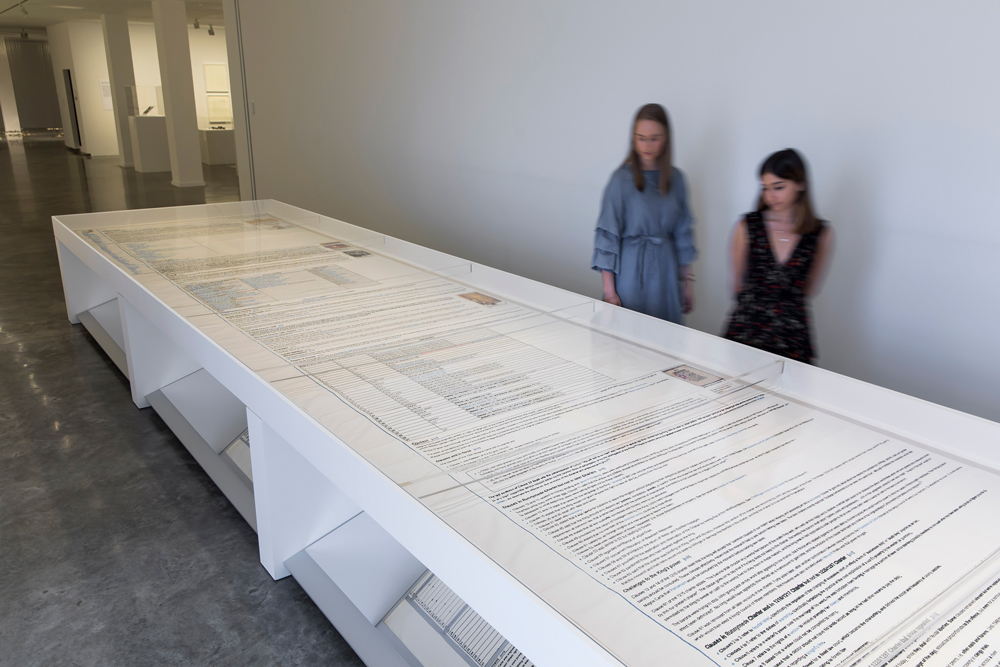
Related Articles
CrimeNews July 26, 20240
Arrest after alleged hate crime at Chick-O-Land takeaway in Salisbury
A MAN has been arrested over an alleged hate crime at a Salisbury takeaway. The…
MotoringNews July 26, 20240
More road closures in Salisbury as improvement work continues
TWO busy Salisbury routes will be closed for improvement works as part of a…
Health & WellbeingMotoringNews July 24, 20240
Salisbury hospital traffic warning ahead of theatre delivery
WORK on a new operating theatre at Salisbury District Hospital will bring delays to…



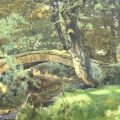
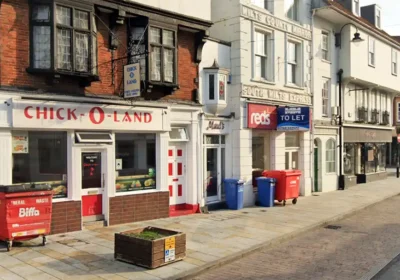

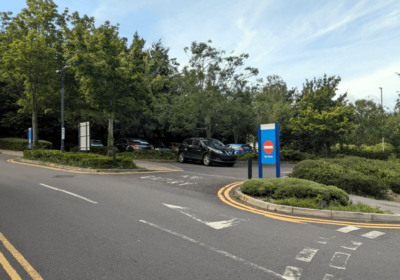

Leave a Reply